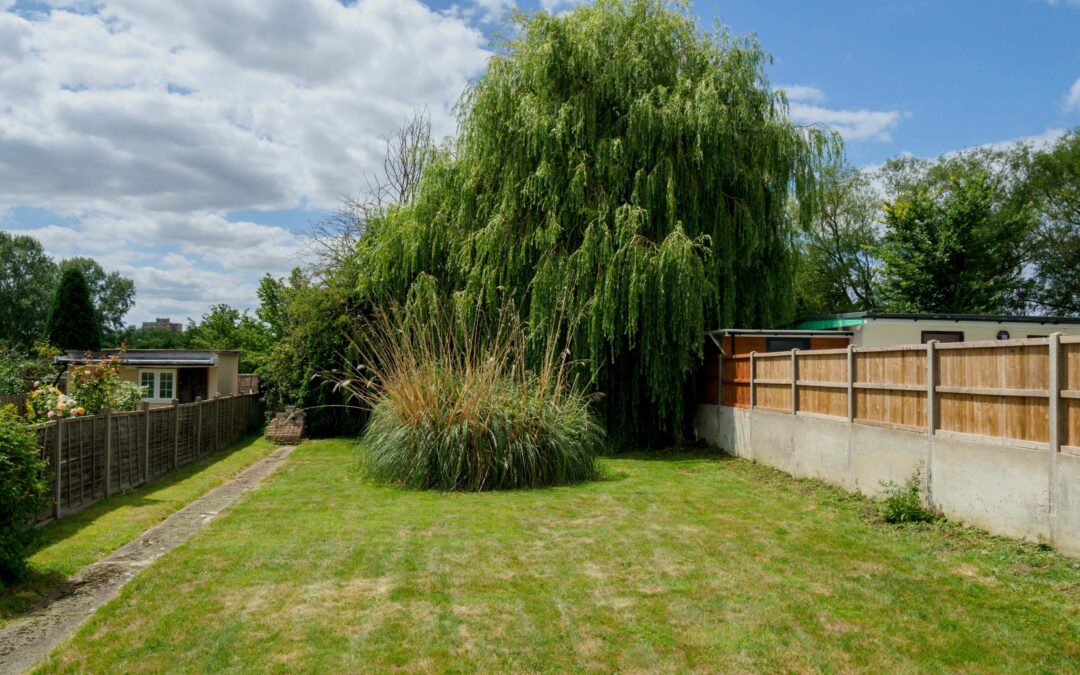What is Grass Rust, and How Can it Be Controlled?
What is grass rust? Grass rust is a fungal disease affecting various grasses, including Kentucky bluegrass, perennial ryegrass, and tall fescue. It appears as yellow, orange, or brown powdery spores on the grass blades and can be unsightly and damaging to the health of the grass.
What Causes Grass Rust?
Fungal spores in the air or contact with infected grass blades cause grass rust. The fungus thrives in warm, humid conditions and can be more prevalent in late summer and early fall. “There are many types of fungi that cause rust. The most common are Puccinia graminis (Black Stem Rust), Puccinia coronate (Crown Rust), Uromyces dactylidis ( Leaf Rust), and Puccinnia striiformis (Yellow Stripe Rust). The disease life cycle of rust is often very complex.” — Ohio State University Rust on Turfgrass
How Can You Identify Grass Rust?
The grass may also appear weak and thin, with stunted growth. Shoes covered with brown or orange dust after a walk through your yard are a sure sign of grass rust. You may have seen grass rust on golf courses and outdoor soccer and football fields in late summer or early fall.
How Can Grass Rust Be Controlled?
- Fertilize regularly
Proper fertilization can help strengthen the grass and make it more disease resistant. “Maintaining a healthy and vigorous turf stand is the most effective and efficient method of rust control. Since slow-growing turf in mid to late summer is most vulnerable to outbreaks, small amounts of nitrogen fertilizer (0.2-0.5 pound of N per 1,000 square feet) in chronic trouble spots (shaded and possibly compacted areas) will help control the disease.” — Purdue Extension Turfgrass Disease Profiles
- Water deeply
Watering deeply and less frequently can help prevent the spread of fungal spores. Avoid watering in the evening or at night, as this can create a moist environment conducive to fungal growth.
- Mow regularly
Mowing your lawn regularly can help prevent the spread of fungal spores. Keep your mower blades sharp and adjust the cutting height based on your grass type.
- Apply fungicide
You may need to apply fungicide to control the spread of the disease. Severely infected lawn areas may need to be removed and reseeded. If you’d like our help, we’d be happy to consult with you to determine what’s best for your lawn.
Grass rust is a fungal disease that can be unsightly and damaging to the health of your lawn. By following these tips, you can help prevent the spread of grass rust and keep your lawn looking healthy and vibrant.
How Can We Help You?
Berger Hargis has a company philosophy of providing personal excellence for all our services. Our growth and success have been due entirely to our commitment to honest, excellent customer service. The company has been built on the referral business we have received due to this philosophy.
We work with residential customers and businesses in Central Indiana. Contact Us for a free consultation on fungi prevention and control for your lawn from our team of experts.
About the Author
Randy Clark is a speaker, coach, and author. He publishes a weekly blog at Randy Clark Leadership.com. Randy is passionate about social media, leadership development, and flower gardening. He’s a beer geek, and on weekends he can be found fronting the Rock & Roll band Under the Radar. He’s the proud father of two educators; he has four amazing grandchildren and a wife who dedicates her time to helping others. Randy is the author of the Amazon bestseller The New Manager’s Workbook, a crash course in effective management.
Go Back







